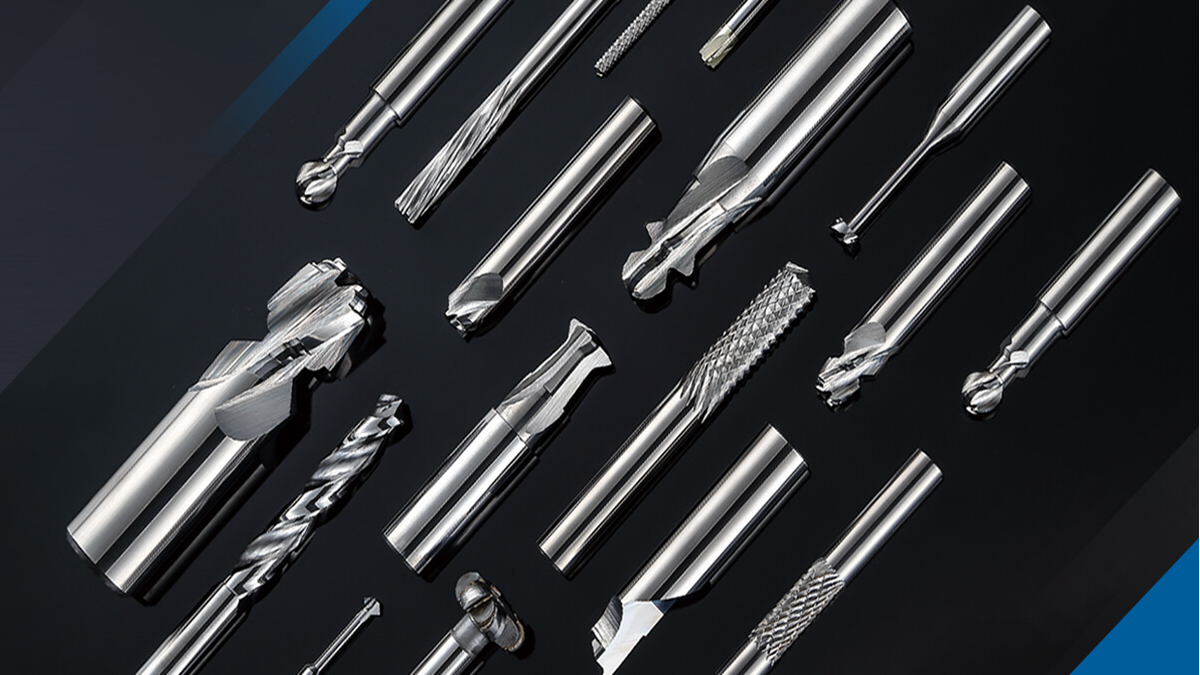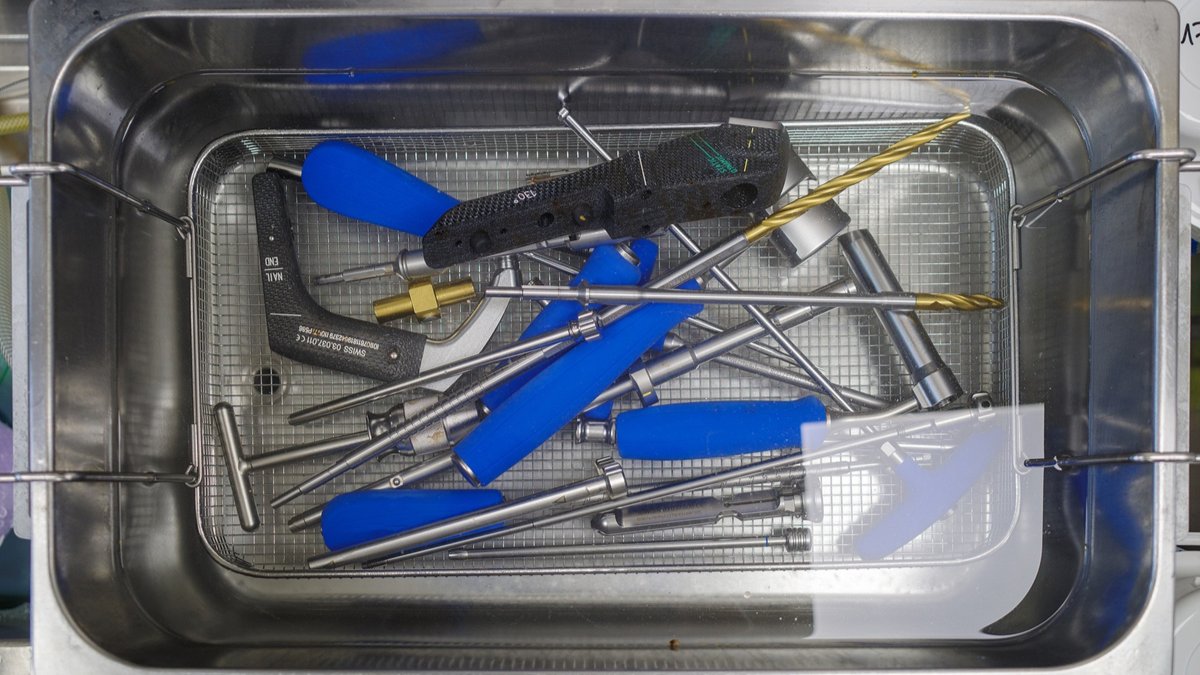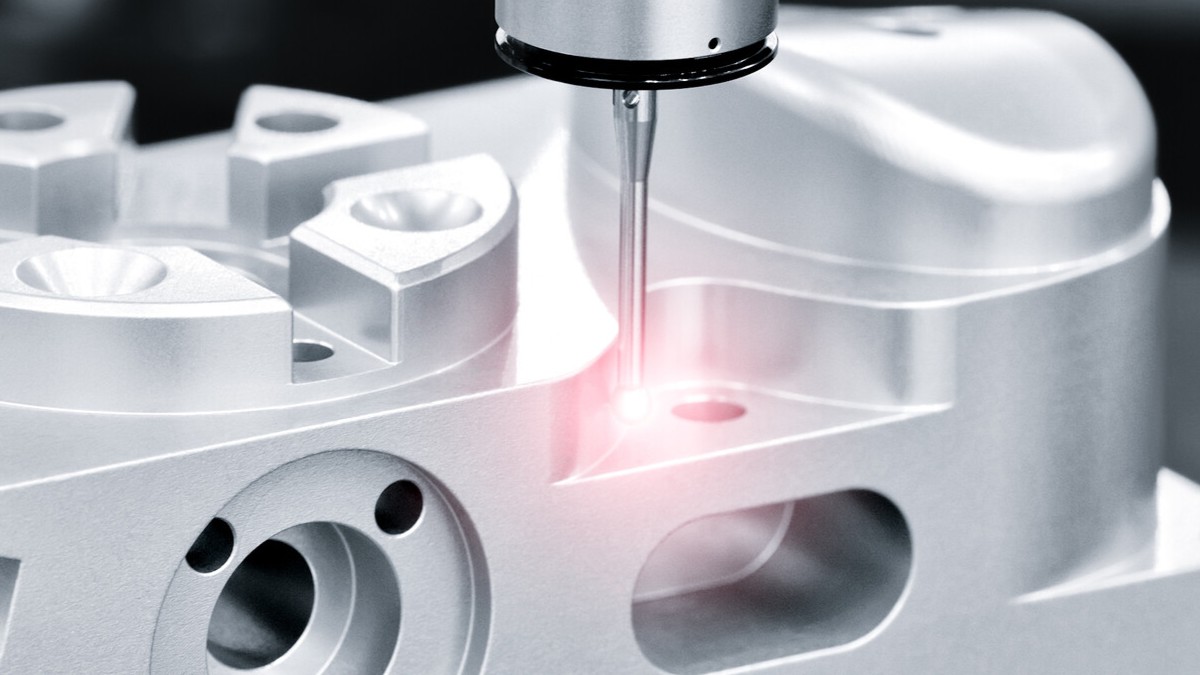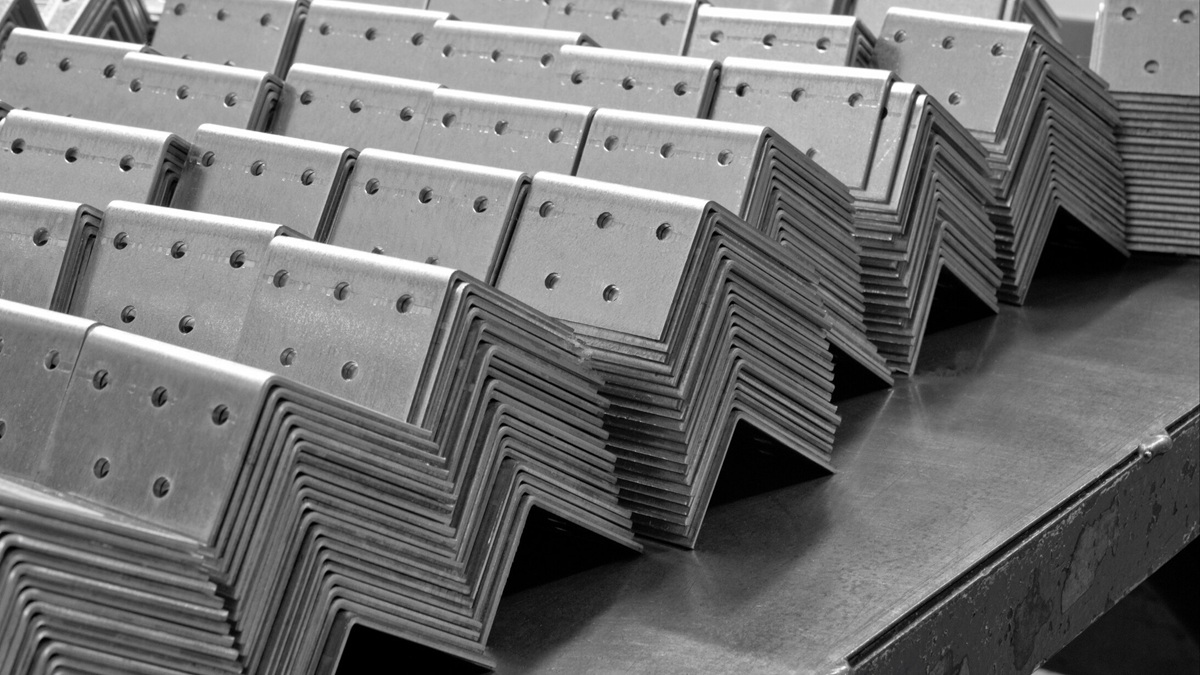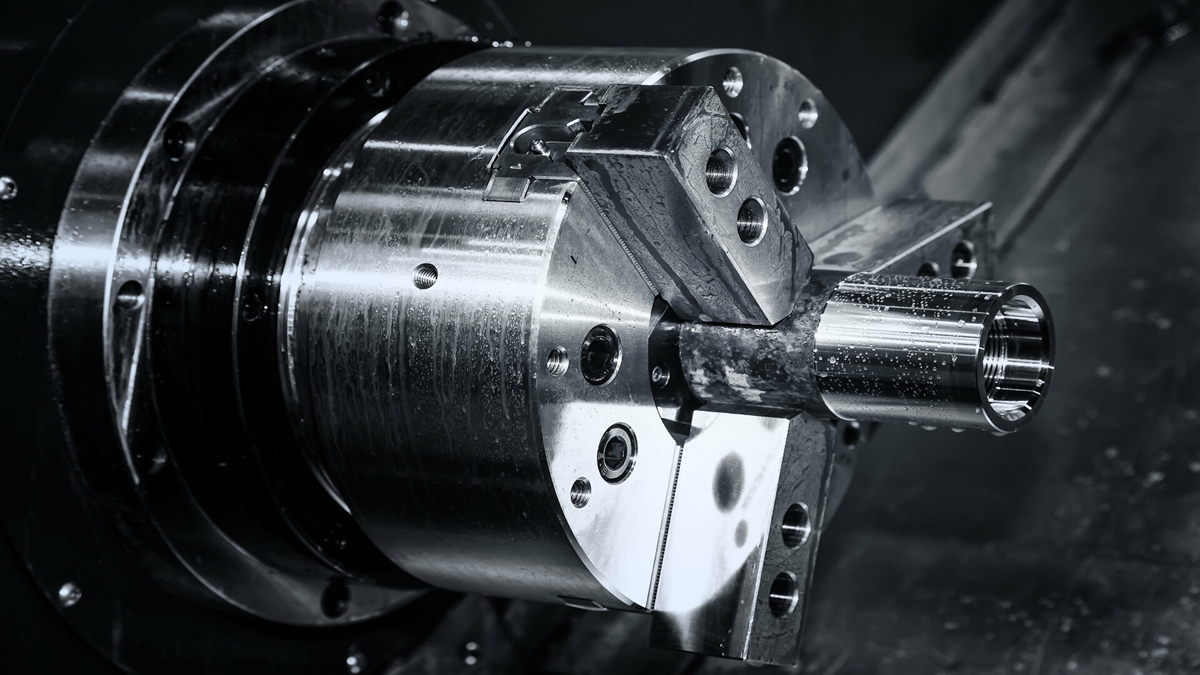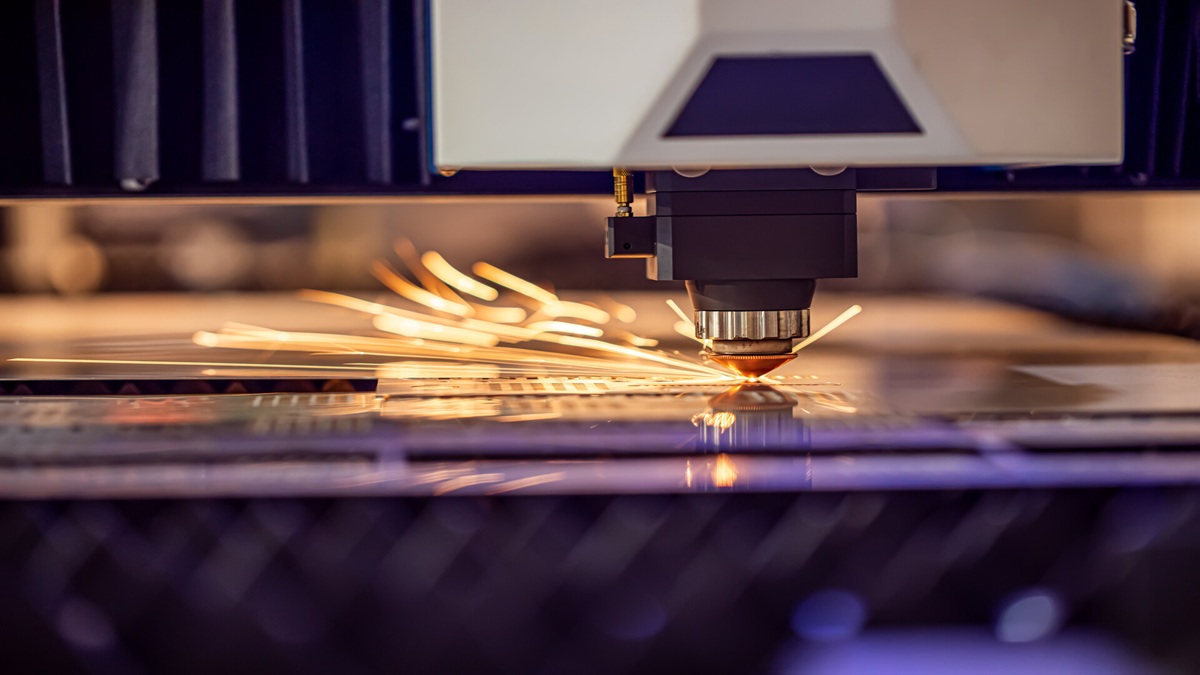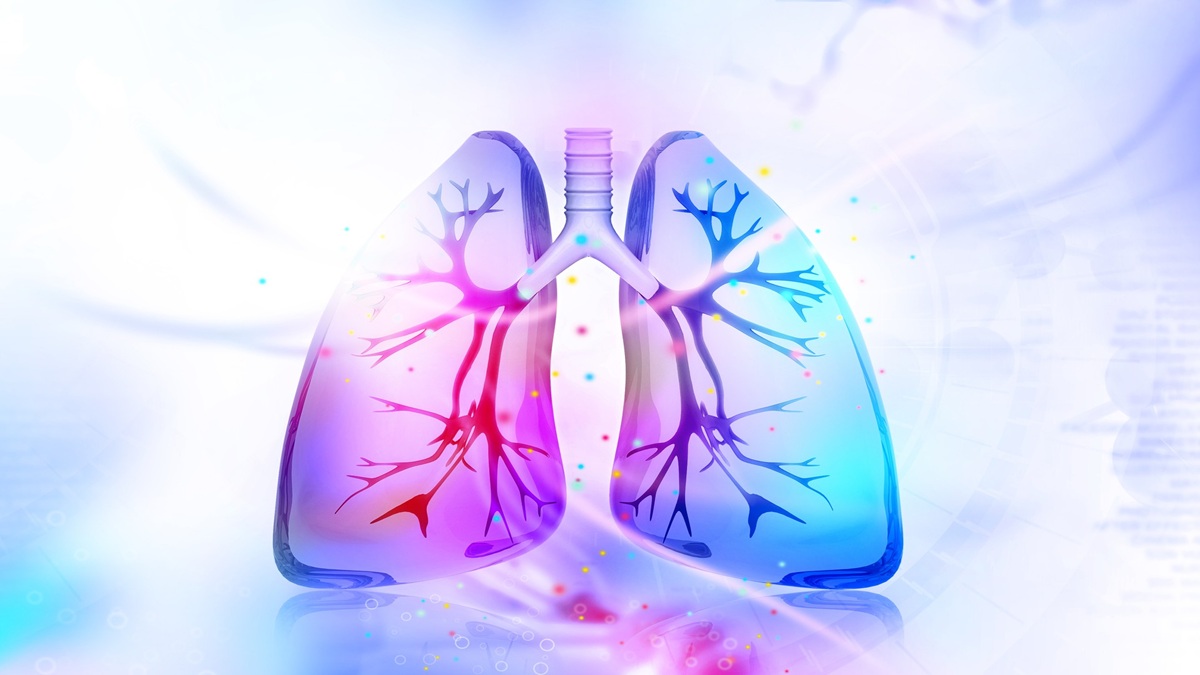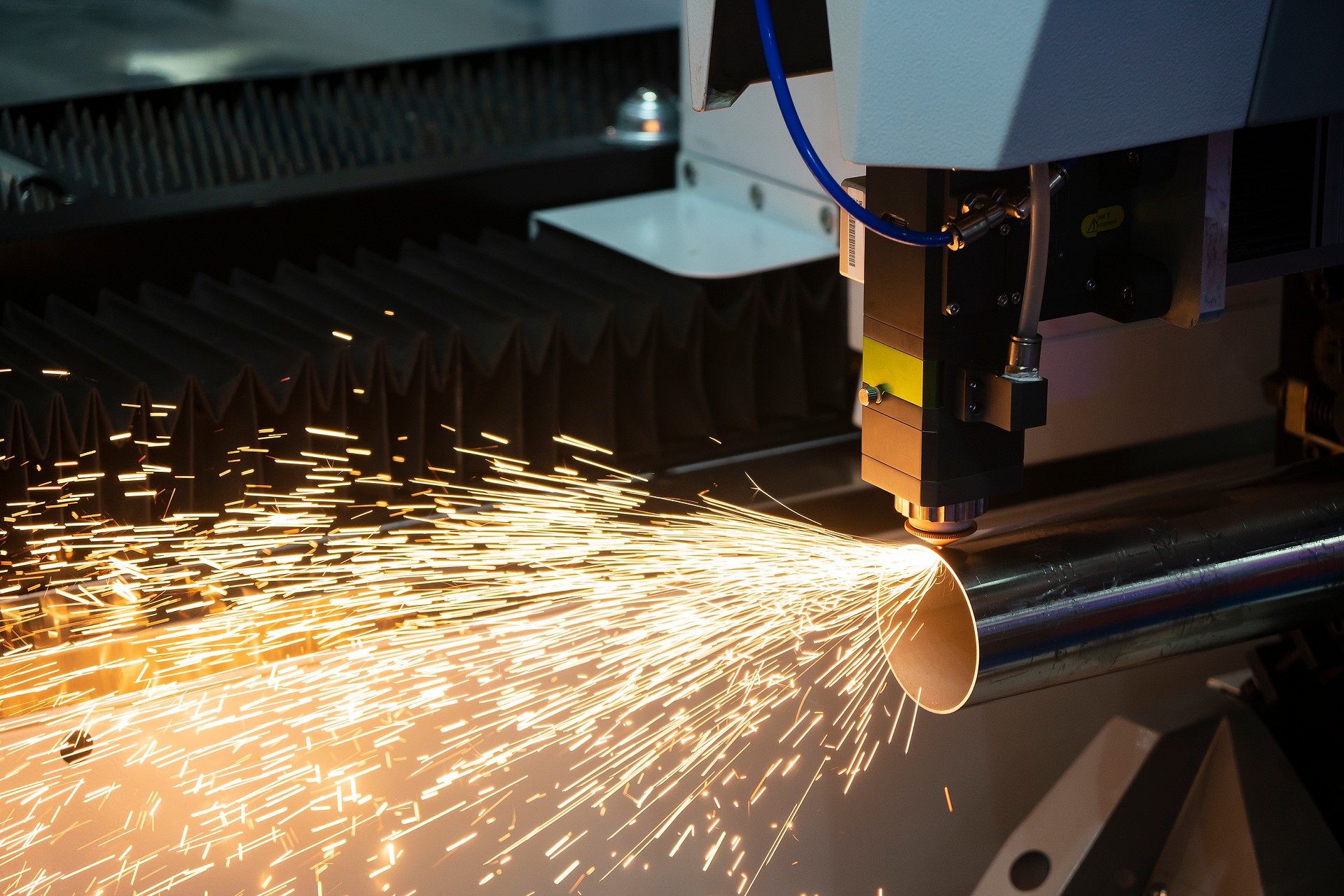Imagine a typical morning, a warm drink in your hands, held in what looks like an eco-friendly paper cup. You think to yourself, "At least it's not plastic. It must be better for the environment." But have you ever wondered how that paper container holds a hot liquid without leaking? Can it really be recycled with ease? The truth is, there are hidden secrets about packaging materials you may not know.
Unmasking the Invisible Barrier: The Truth Behind Waterproof Paper
To prevent paper boxes and cups from leaking, manufacturers line the paperboard with a "raincoat" that is almost invisible to the naked eye—a thin layer of plastic or foil coating. This coating, known in the industry as "lamination," is key to making the packaging waterproof and greaseproof.
However, as recycling guidelines point out, while this coating enhances the packaging's barrier properties, it also significantly increases the difficulty of recycling. In other words, that invisible plastic shield on the paper container makes a simple material complex, and is not a 100% win for the environment.
The Recycling Dilemma: Why Most Paper-Plastic Packaging Is Landfilled
Many people mistakenly believe that throwing a used paper-based drink carton or cup into a standard paper recycling bin completes their eco-friendly duty. The reality is quite different. Research indicates that these "paper-plastic composite packages" actually require more raw materials. On average, a composite package uses about 40% more material than a pure plastic one for the same product, potentially generating an additional 25,000 tons of waste by 2025.
When these composite packages are recycled, typically only the paper fiber portion (about 70% of the weight) can be recovered. The remaining plastic coating often has to be disposed of through incineration for energy recovery.
For a familiar example like aseptic cartons (e.g., milk or juice cartons), a typical carton is made of multiple layers. The outer layer is a low-density polyethylene (LDPE) film for a waterproof barrier, the middle is about 75% paperboard for strength, and the inner layer has a thin aluminum foil lining (about 5% by weight).
This means a drink carton that appears to be "all paper" actually contains a small amount of plastic and aluminum. When these cartons enter the recycling process, most of the paper fiber can be recovered through methods like hydropulping. However, the residue of plastic and aluminum foil (often called PolyAl) is extremely difficult to separate from the paper and is usually either incinerated or sent for special processing.
In Hong Kong, for instance, official data shows that about 60-90 metric tons of composite paper packaging go directly into landfills every day. One of the reasons is that the standard three-bin recycling system previously didn't accept drink cartons, nor were there convenient collection points for the public.
Despite the challenges, it's worth noting that the recovered paper fiber is of excellent quality. Packaging experts point out that the fibers from beverage cartons are longer and stronger than those from other waste paper, making them suitable for manufacturing more durable cardboard boxes, paper bags, and even high-quality tissue paper. In other words, these fibers have high reuse value, but only if they are recycled correctly.
Real Green Solutions: A Practical Guide to Smarter Recycling
Faced with the recycling dilemma posed by composite packaging, we can take simple actions to ensure "being green" isn't just a surface-level effort. Here are a few concrete steps to empower readers to take action:
- Know Your Material : The next time you have a package, try tearing the edge or looking at the inner layer. If you find a plastic film or a shiny foil that’s difficult to tear away from the paperboard, it’s a composite material and cannot be recycled as regular paper.
- Sort Correctly : After use, drain any leftover liquid, give the container a quick rinse, and let it dry. Then, handle it according to local recycling rules: for example, place it in a dedicated "paper containers" bin or inform the recycling truck operator. Never throw it in a regular paper recycling bin, as this can contaminate the entire batch of paper pulp.
- Embrace New Materials : As technology advances, new packaging options are emerging. Recent scientific research has shown that a fully recyclable and industrially compostable PLA (polylactic acid) coating can achieve excellent waterproof and greaseproof results.
In the future, more biodegradable coating technologies may be used for paper packaging. Once these become widespread, the recyclability of paper containers will be greatly improved. By combining identification, proper sorting, and innovative materials, we can reduce pollution and truly leverage the renewable benefits of paper packaging, contributing to a circular economy.
Every Choice Counts: Your Role in the Circular Economy
In short, a seemingly eco-friendly piece of paper can have material details that determine whether its "green journey" actually happens. If we only look at the surface and ignore how to handle composite materials, we might unintentionally diminish the good intentions behind "going green." True green action isn't just about choosing paper packaging on a supermarket shelf—it's about a responsible mindset every time we throw something away.
By disassembling, sorting, cleaning, and placing items in the correct recycling stream, we make a difference. The next time you tear open a paper box, ask yourself: have I done my part to make sure this environmental effort continues?


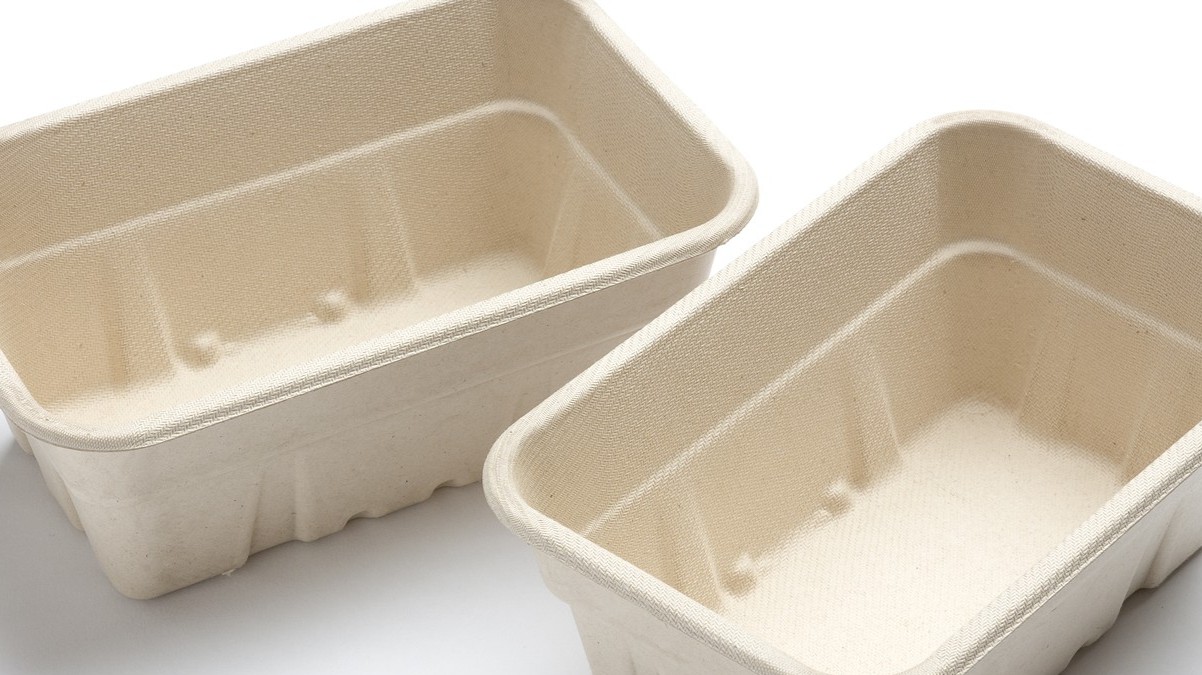

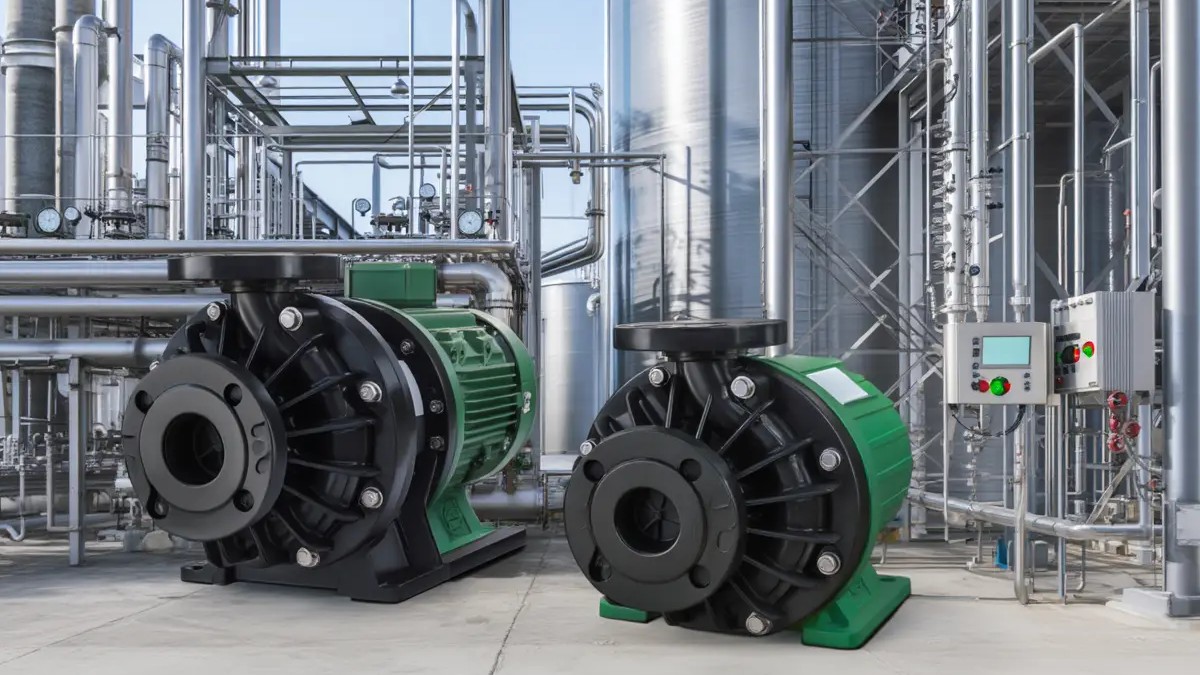
.png)
